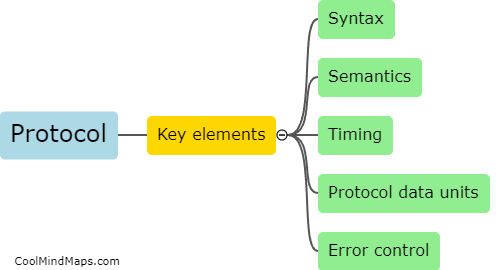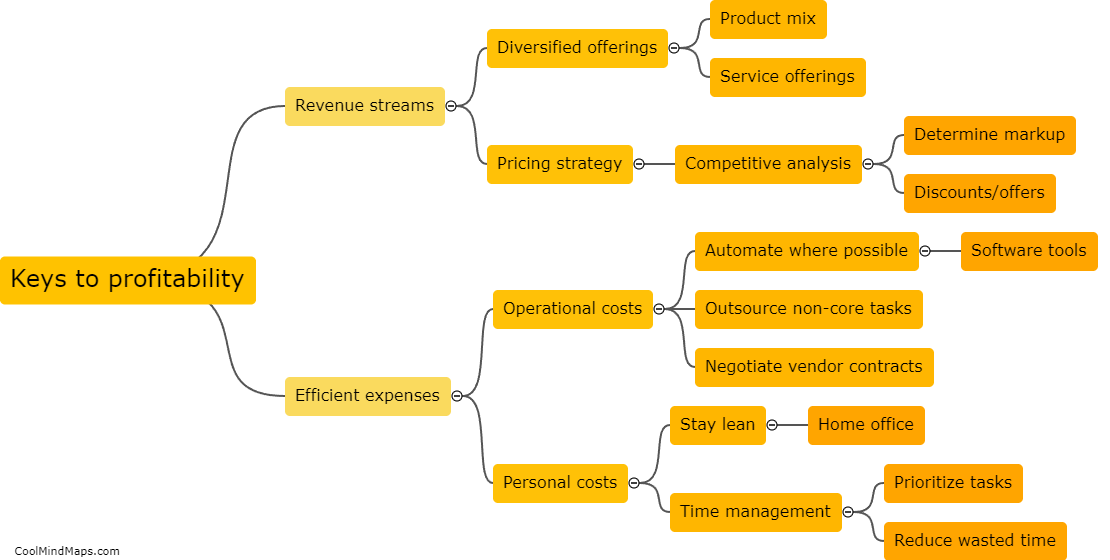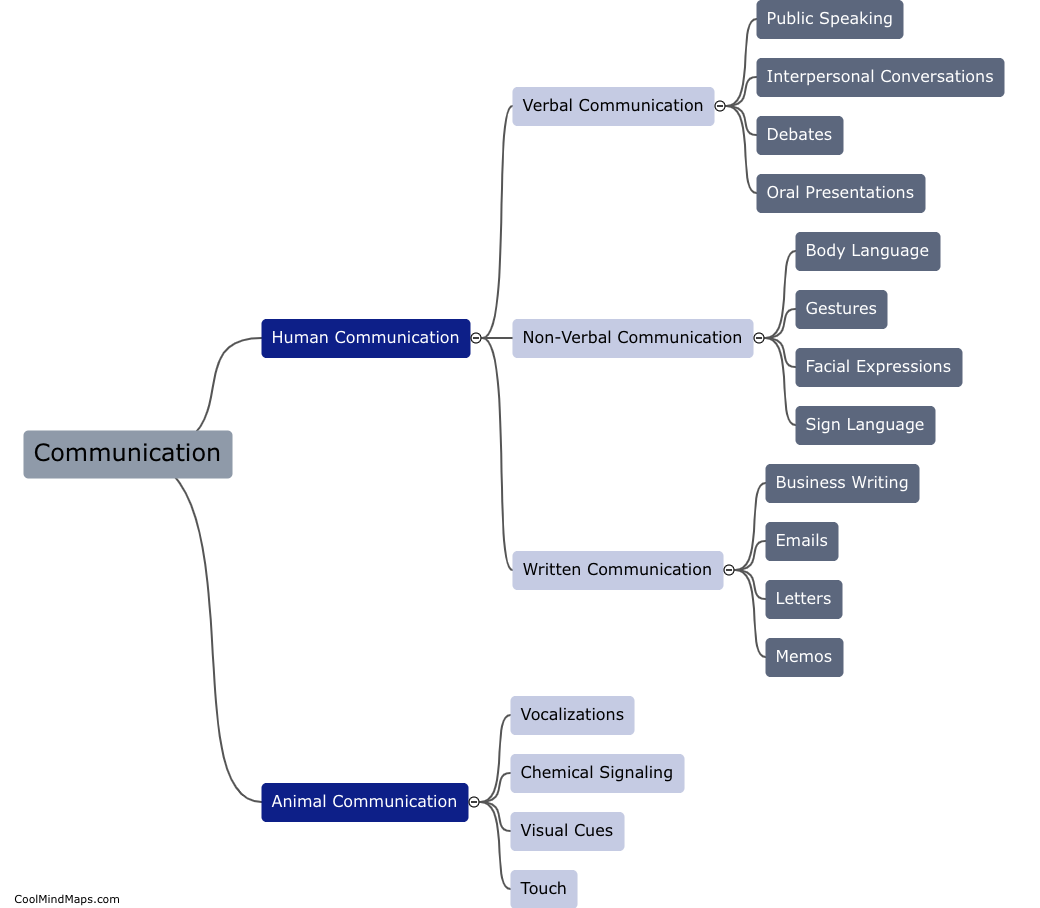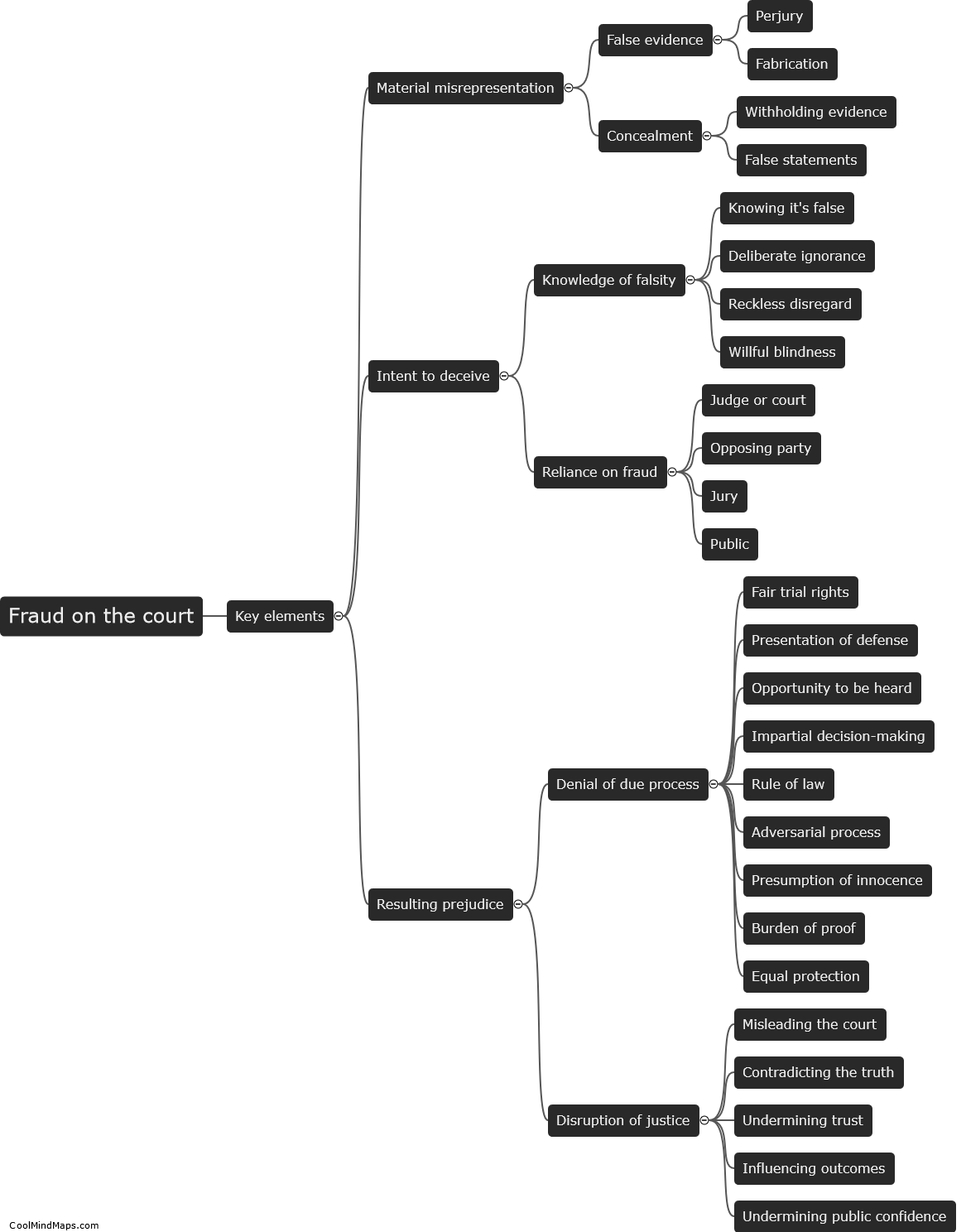What are the key elements of a protocol?
The key elements of a protocol are a set of rules and guidelines that define how a specific task or communication should be handled. These elements include 1) Syntax, which refers to the structure and format of the messages exchanged between systems. It defines the order and types of data that can be sent. 2) Semantics, which defines the meaning of the data being exchanged. This ensures that all parties involved understand the information being communicated. 3) Timing, which refers to the sequence and timing of events within a protocol. It ensures that data is transmitted and received in a coordinated manner. 4) Error control, which includes error detection and correction mechanisms to ensure accuracy and integrity of the transmitted data. 5) Flow control, which manages the rate of data transfer between systems to prevent overwhelming the recipient. These key elements work together to enable effective and reliable communication between different systems and devices.

This mind map was published on 7 January 2024 and has been viewed 93 times.











